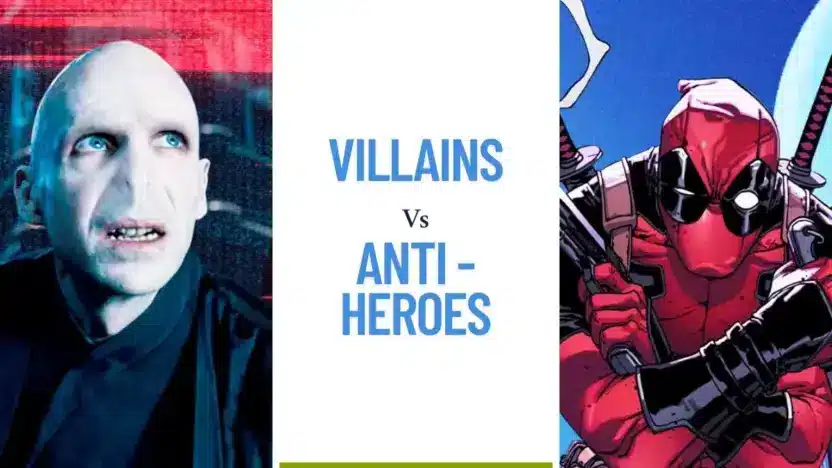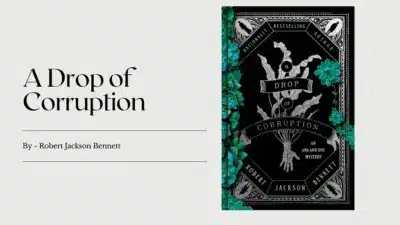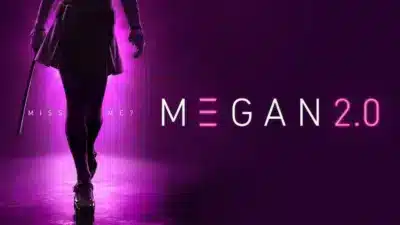When we think about the most unforgettable stories—whether in books, movies, or television—it’s rarely just the hero that keeps us hooked. More often than not, it’s the complicated characters, the morally grey minds, and the charmingly dangerous individuals that stick with us. That’s where villains and anti-heroes steal the spotlight. But which of these two character types truly makes a story more compelling? Is it the full-blown villain who thrives in chaos, or the brooding anti-hero walking a tightrope between right and wrong? This question sparks endless debate among fans and creators alike. Let’s explore “Villains vs. Anti-Heroes”, what makes each archetype so magnetic—and ultimately, which one leaves the stronger imprint on storytelling.
Understanding the Core: Who Are Villains and Anti-Heroes?
Before diving into the debate, let’s define the playing field.
- Villains are the antagonists. Their actions and desires conflict with those of the protagonist, often rooted in selfishness, vengeance, or outright cruelty. Think Voldemort, Thanos, or Cersei Lannister.
- Anti-heroes, on the other hand, are protagonists (or central characters) who lack the traditional traits of a hero. They’re flawed, sometimes self-serving, and may blur ethical lines—but they often have redeeming qualities that keep audiences rooting for them. Think Walter White, Deadpool, or Geralt of Rivia.
Table: Who Prefers What? A Quick Comparative Analysis
| Group | Preference | Why? |
|---|---|---|
| Teen/YA Audiences | Anti-Heroes | Edgy, relatable, emotionally complex characters connect well here. |
| Critics & Academics | Both (Case-by-Case) | They admire depth—villains with ideology, anti-heroes with nuance. |
| Mainstream Moviegoers | Villains | Big-screen villains are often more iconic and visually memorable. |
| TV Series Fans | Anti-Heroes | Long-format storytelling allows anti-heroes to evolve. |
| Fantasy & Comic Book Fans | Split Evenly | Both archetypes are beloved and explored in detail in these genres. |
| Writers & Creators | Anti-Heroes | Offers more flexibility for character development and redemption. |
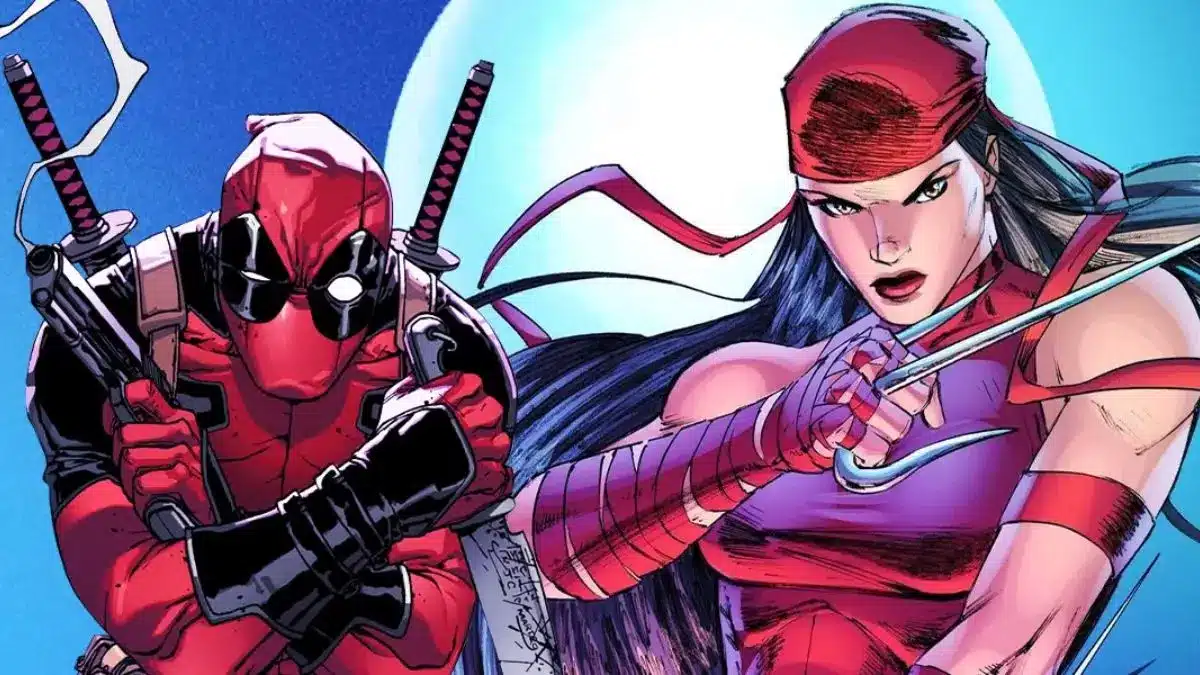
Why Villains Often Steal the Show
They Drive the Conflict
At the heart of every gripping story lies a conflict—and who better to stir the pot than a villain with a twisted agenda? Villains force the hero to grow. They challenge the protagonist’s beliefs, strengths, and limits. In short, they make things happen.
Imagine The Dark Knight without the Joker. Batman may still have had a moral crisis, but the Joker pushed him to the edge of his principles. A great villain gives the hero purpose—and gives the audience a thrill.
They Represent the Extreme
Villains often symbolize exaggerated traits: unchecked ambition, envy, narcissism, or pain. Their role isn’t just to cause trouble—it’s to explore the darker sides of human nature. And oddly enough, we’re fascinated by that.
Take Hannibal Lecter. Brilliant, cultured, and horrifying. His evil is mesmerizing because it’s wrapped in intelligence and charm. Watching villains allows us to examine the parts of humanity we’d rather not confront in real life.
They’re Free of Moral Limitations
While heroes are often bound by codes of conduct, villains don’t play by the rules. That freedom makes them unpredictable—and unpredictability makes for great storytelling. You never quite know what a villain will do next, which keeps audiences on edge.
The Rise of the Anti-Hero
They Reflect Real Life Complexity
Gone are the days of perfect, cape-wearing paragons of virtue. Today’s audience craves realism. Anti-heroes speak to the internal contradictions we all face—wanting to do good while being tempted by bad choices.
Characters like Tony Soprano or Jessica Jones resonate because they feel real. They screw up. They get angry. They seek justice, but sometimes through questionable means. That human element makes their stories incredibly compelling.
Their Arcs Are Deeply Satisfying
A villain may stay evil forever—but an anti-hero grows. They struggle. They fall and rise again. Watching that evolution unfold over a book, a show, or a movie is deeply satisfying. We root for them because we see pieces of ourselves in their journey.
Take Zuko from Avatar: The Last Airbender. His transformation from a misguided antagonist to a loyal ally is one of the most beloved redemption arcs in modern storytelling. His flaws made him interesting, but his growth made him unforgettable.
They Blur the Lines—And That’s Exciting
Anti-heroes thrive in the grey zone. They keep audiences guessing. Will they choose justice or revenge? Selflessness or survival? This tension creates narrative depth, allowing for rich plotlines and unexpected twists.
When Villains Win: Iconic Moments
Sometimes, villains are just so well-written that they eclipse everyone else.
- Killmonger (Black Panther): His motives were steeped in real-world pain and inequality. Audiences didn’t just understand him—they sympathized with him.
- Heath Ledger’s Joker: A villain without a plan. His chaos philosophy made Gotham—and the audience—uncomfortable.
- Homelander (The Boys): A terrifying blend of Superman’s powers and a sociopath’s mind. Watching him is like witnessing a trainwreck—awful, but you can’t look away.
These villains are more than plot devices. They are the story.
When Anti-Heroes Own the Spotlight
Some stories don’t even bother with a traditional villain—because the anti-hero is both hero and antagonist in one.
- Walter White (Breaking Bad): His descent into Heisenberg was so gradual and justified that you didn’t even notice when he became the villain.
- BoJack Horseman: A character full of self-loathing and trauma, trying to be better but often failing. His internal battles were the main conflict.
- Dexter Morgan: A serial killer with a moral code. Somehow, viewers rooted for him—even when he crossed every line.
These stories are not about beating the bad guy—they’re about surviving yourself.
The Audience’s Emotional Investment
If we measure compelling characters by emotional investment, anti-heroes often win the race. Audiences cry for them, scream at them, and hope for their redemption. With villains, the emotion is often fear, hate, or fascination.
But both serve their purpose. Without villains, heroes have no fire to walk through. Without anti-heroes, we don’t get to explore the richness of flawed humanity.
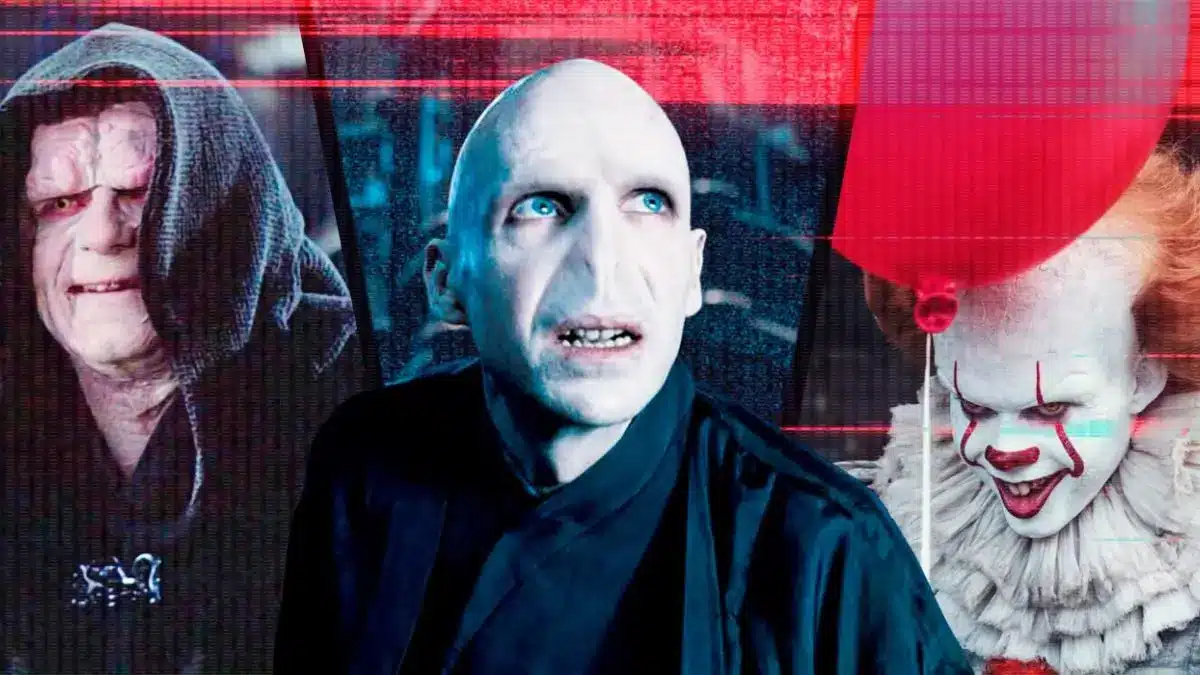
So, Who Wins?
It depends on what you’re looking for:
- For thematic depth and psychological exploration? Anti-heroes.
- For high-stakes drama and unforgettable climaxes? Villains.
- For character development and emotional connection? Anti-heroes.
- For symbolic contrast and clear stakes? Villains.
But here’s the truth: the best stories often blend the two. A strong villain + a complex anti-hero = a story we’ll talk about for years.
Final Thoughts: Why Not Both?
In a perfect narrative world, villains and anti-heroes don’t compete—they complement each other. Imagine Breaking Bad without Gus Fring, or Batman without Bane. The push and pull between villain and anti-hero creates layers, tension, and moments that make your jaw drop.
So, the next time you find yourself hooked on a story, ask yourself: is it the hero you care about—or the ones who make their life a living hell? Odds are, it’s the latter.
In the battle of villains vs. anti-heroes, the real winner is the audience. Because complexity is where great storytelling lives—and both archetypes bring that in spades.
Also Read: Traditional Publishing vs. Self-Publishing: Which Is the Better Path for Authors?
